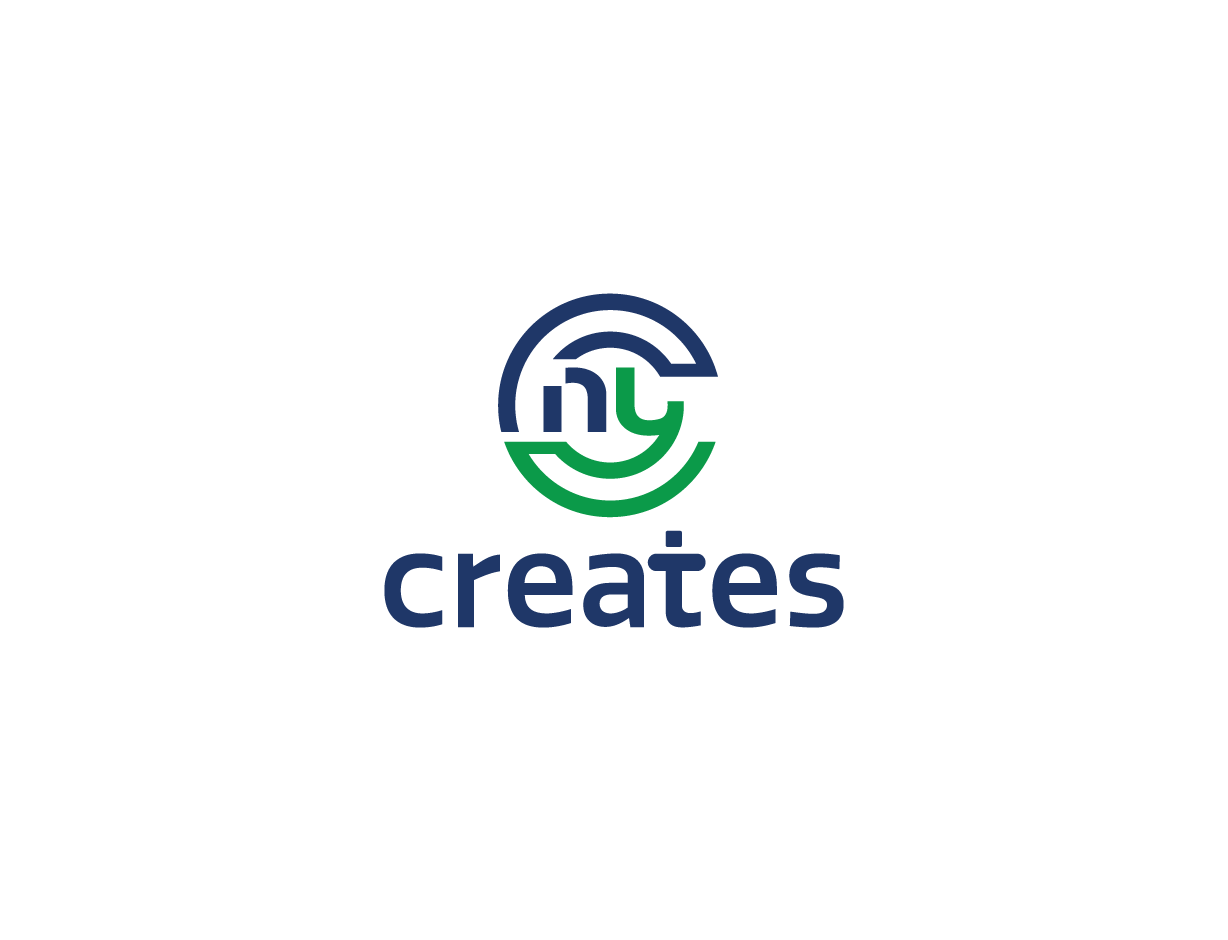News
August 3, 2015Anaglyph Exhibition to Open at Albany Institute of History & Art on August 15
Audience is central to Eric Egas’ work with anaglyphs. Anaglyphs, which are three-dimensional stereoscopic images, trick the eye into seeing depth with 3D glasses. Egas’ compositions coax onlookers to participate and enter into spaces created by his oversized printed photographs. His focus on anaglyphs evolved from his work with installations that enclosed the viewer within multiple changing images to evoke imaginary worlds between dream and memory. Seeing Double: The Anaglyphs of Eric Egas is his first anaglyph exhibition of this size in the United States. Seeing Double will open at the Albany Institute of History & Art on August 15 and will run through October 25.
In this experiential exhibition, Egas engulfs viewers in situational modalities through the selection and placement of anaglyphs that explore human relationships with nature, the meaning of the absurd, human aggression, and aesthetic impulses. Thirty-five prints, ranging in size of about four square feet, show the range of Egas’ career experimenting with the medium. Visitors will explore the exhibition with anaglyph viewers which will allow them to experience the depth and contrast of the photographs.
“Eric Egas is an artist who forces us to question what we see. Or more correctly, he challenges us to see beyond what is readily apparent,” says Albany Institute’s Chief Curator Doug McCombs. “When you look into his anaglyphs filled with things and people and plants, new discoveries unfold one after another, revealing surprises of visual delight. The Albany Institute is committed to exhibiting the work of exceptional regional artists and we’re fortunate to have such a creative and stimulating artist as Eric Egas here in the Capital Region.”
Egas lives and works part of the year in Greenville, New York and Vieques, Puerto Rico. As an artist, Egas has been interested in the properties of visual experience and our behavior in a visual environment. As an exhibition designer at the New York State Museum in the 1960s, he experimented with environmental, installation, and multimedia artwork. He became interested in anaglyphs when he questioned how spatial perceptions he was creating in these three dimensional installations could be transferred to “flat art.” His subsequent experiments with anaglyphs showed him that he wanted to create compositions that provide a multisensory experience for viewers and place them inside his images. An avid adaptor, he utilizes evolving technologies to create his art and values the scientific processes that take his compositions from “flat art” to a world of exploration by his viewers.
“The anaglyphs were first made exploring the environments created by hunting trophy collectors,” says Egas. “I find this subject enduringly captivating, in part, because of its intersection with the relationship between man and nature. These situational compositions continue to offer unanticipated permutations. The ambiguities manifested in this relationship have a metaphorical richness and depth, a mantra to our weirdness as a species.”
He also finds that, “Weirdness is an important subject because its identification is part of our human alarm system designed to identify a threat to safety at a primal level. As part of the evolutionary process we can learn what weirdness is and how it is possibly an indicator of how the future will be different from the present. Then again to actually invest in the making of weirdness is a sort of laboratory of freedom from the mundane. We might view our everyday world from a new vantage point.”
There will be opportunities to meet with and hear from Egas during the run of the exhibition. On Thursday, September 3, Egas will give a guided introduction to the exhibition and discuss his work with anaglyphs. This program will start at 6 p.m. and will include light refreshments. It is free and open to the public as part of the Albany Institute’s free Thursday evenings (free admission each Thursday from 5 – 8 p.m.). On Sunday, October 25, Egas will return to the museum to present a special lecture and guided tour of the exhibition at 2 p.m. This lecture and tour is free with museum admission.
Members of the press are invited to an exhibition preview at the Albany Institute on Tuesday, August 11 at 10 a.m. Chief Curator Doug McCombs and featured artist Eric Egas will lead a tour of the exhibition (still in installation stage) and be available to answer questions. Refreshments will be provided. Please RSVP to Aine Leader-Nagy at 518.463.4478 ext. 408 or leader.nagya@albanyinstitute.org.
The Albany Institute of History & Art is located at 125 Washington Avenue in Albany, New York. Free parking is available in the museum’s lot at the corner of Elk and Dove Streets. The museum is open Wednesday-Saturday 10AM-5PM, Thursdays until 8PM*, and Sunday Noon-5PM. On Tuesdays, the museum is open to registered groups only. The museum is closed on Mondays and some holidays. Admission is free for Institute members; $10/adults; $8/seniors; $8/students with ID; $6/children 6-12; FREE/children under 6. *AIHA now offers free admission on Thursdays from 5PM-8PM.
For more information, visit www.albanyinstitute.org or call 518.463.4478.
Founded in 1791, the Albany Institute of History & Art is New York’s oldest museum. Its collections document the Hudson Valley as a crossroads of culture, influencing the art and history of the region, the state, and the nation. With more than 35,000 objects and one million documents in the library, it is an important resource for the region, giving our community a sense of the part the Hudson Valley played in the American story, and our own place in history. Permanent and temporary exhibitions are open year-round and create a sense of place, allowing visitors to meet the people who helped shape this region. Over 25,000 people visit the Albany Institute of History & Art every year, enjoying the collections, workshops, school programs, and lectures, helping to build an understanding of the history and culture of our region. Among the museum’s best-known and most-loved collections are the 19th century Hudson River School landscape paintings by artists like Thomas Cole and Frederic Church, the 19th century sculpture collections, and, of course, the famous Albany Mummies that came to the museum in 1909 and have been on view ever since. For more information, please visit www.albanyinstitute.org and be sure to follow us on Facebook (www.facebook.com/albanyinstitute) and Twitter (@AlbanyInstitute).


























